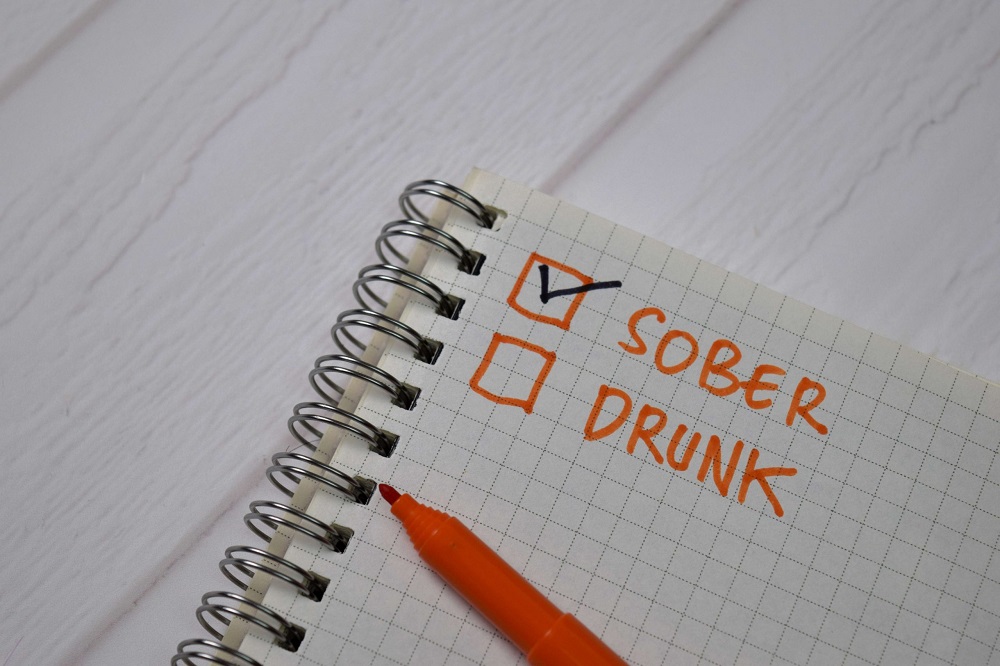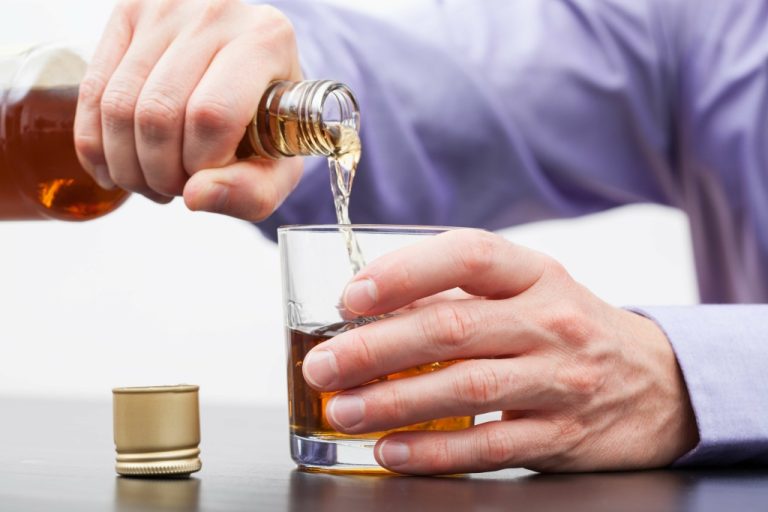However, Pepcid and other H2 blockers only mask the symptoms of alcohol intolerance. Although you may be able to drink more alcohol, your body will still struggle to metabolize it. Large amounts of the toxic byproduct acetaldehyde will continue building up in your body. Ultimately, mixing Pepcid and alcohol so that you can drink more only worsens the problem.
What to expect from your doctor
If they suspect you have a true allergy to alcohol or another ingredient in alcoholic beverages, they will likely conduct allergy testing. The most why do i start sneezing when i drink alcohol common type of allergy testing is the skin prick test. During a skin prick test, your doctor will use a lancet to prick or scratch your skin.
- And if you have any sort of allergies, frequent alcohol consumption can worsen your symptoms.
- This enzyme deficiency is most common in people of East Asian descent.
- However, allergies to certain ingredients in alcohol can sometimes resemble alcohol intolerance.
- Contrary to popular belief, your eyes won’t pop out if you manage to conquer this challenge.
- There’s also getting the alcohol, feeling sick after you drink, and recovering from the effects later.
Alcohol gets you sleep — but not good sleep
People with the ALDH2 deficiency are at higher risk for certain types of cancer, including liver cancer.9 Because alcohol is a carcinogen, drinking already increases cancer risk. An alcohol intolerance rash looks like red, itchy bumps or hives on your skin. Hives can also signal an alcohol-related allergy, so be on the lookout for other symptoms that are exclusive to alcohol intolerance. If you’re unsure whether you have an allergy or intolerance, consult with your healthcare provider.
When to see a doctor
If you have a stuffy nose but don’t experience other common symptoms, alcohol intolerance may not be the culprit. Beer and wine have high levels of histamine, and alcohol dilates the blood vessels in your nose. As a result, people with asthma are also more likely to experience nasal congestion after drinking alcohol. And if you have any sort of allergies, frequent alcohol consumption can worsen your symptoms. If you have symptoms after drinking beer, but not after drinking wine or other alcoholic beverages, it’s not alcohol intolerance.
- These range from heart and liver damage to a greater risk of certain cancers.
- This dilation occurs first in the brain, so you may feel flushed or warm after only a few sips of alcohol.
- As mentioned, a true allergy to alcohol is extremely rare, though cases of skin reactions have happened.
- You should never ignore the symptoms of an allergic reaction.
What are the symptoms of an alcohol allergy?
These range from heart and liver damage to a greater risk of certain cancers. For some people, alcohol can also make allergy symptoms worse. Nonallergic rhinitis most often doesn’t cause an itchy nose, eyes or throat. Alcohol-induced respiratory symptoms are common in patients with aspirin exacerbated respiratory disease. There are genetic tests that can tell you if you have an ALDH deficiency. Your healthcare provider can order this test or you can purchase one through private vendors.

What Are the Immediate and Long-Term Health Benefits After You Stop Drinking Alcohol?
A few alcohols are less likely to trigger symptoms in people with alcohol intolerance. However, if you have alcohol intolerance, you must talk to your doctor about which alcohols are best for you to drink. Mixed drinks containing any of the ingredients mentioned earlier are also likely to cause sneezing. If you’re allergic to any of the ingredients in a mixed drink, you may want to avoid it. This dilation occurs first in the brain, so you may feel flushed or warm after only a few sips of alcohol.
Behavioral Treatment
If you have any of these symptoms, you should seek emergency medical care. It means you have to take great care in reading labels and choosing foods and drinks. If your symptoms are very mild, you may have a food sensitivity rather than a true allergy. It can be uncomfortable, but it’s not an immune system response and isn’t as serious. Researchers are exploring the complex relationship between alcohol and allergic reactions.
Praluent injection: Side effects, cost, dosing, and more – Medical News Today
Praluent injection: Side effects, cost, dosing, and more.
Posted: Fri, 20 Nov 2020 21:11:47 GMT [source]
How To Prevent and Treat Alcohol Intolerance
It may be harder to keep up your healthy habits on days when you fly, but making efforts to do so can help you arrive feeling good and ready for an adventure, Freeman said. Next, stay hydrated, because flying typically involves a dry environment and people don’t always hydrate properly, Freeman said. Be especially careful not to mix sleep aids with alcohol, because both are depressants and intensify their sedative effects when taken together, Freeman said.
What Is Nonallergic Rhinitis?
- It’s also found in many foods and beverages, especially fermented products.
- Alcohol intolerance is linked not to your immune system, but to your metabolic system.
- For most people, alcohol withdrawal symptoms will begin to subside after 72 hours.
- But if you experience odd reactions to alcohol after just a drink or two, your body may be intolerant.
- Although you realize it’s harming you, a physical or emotional dependence on alcohol can make quitting hard.









